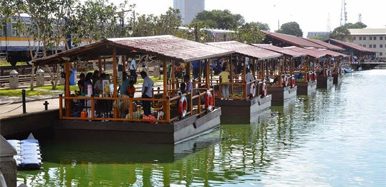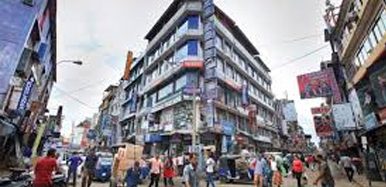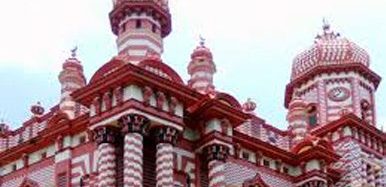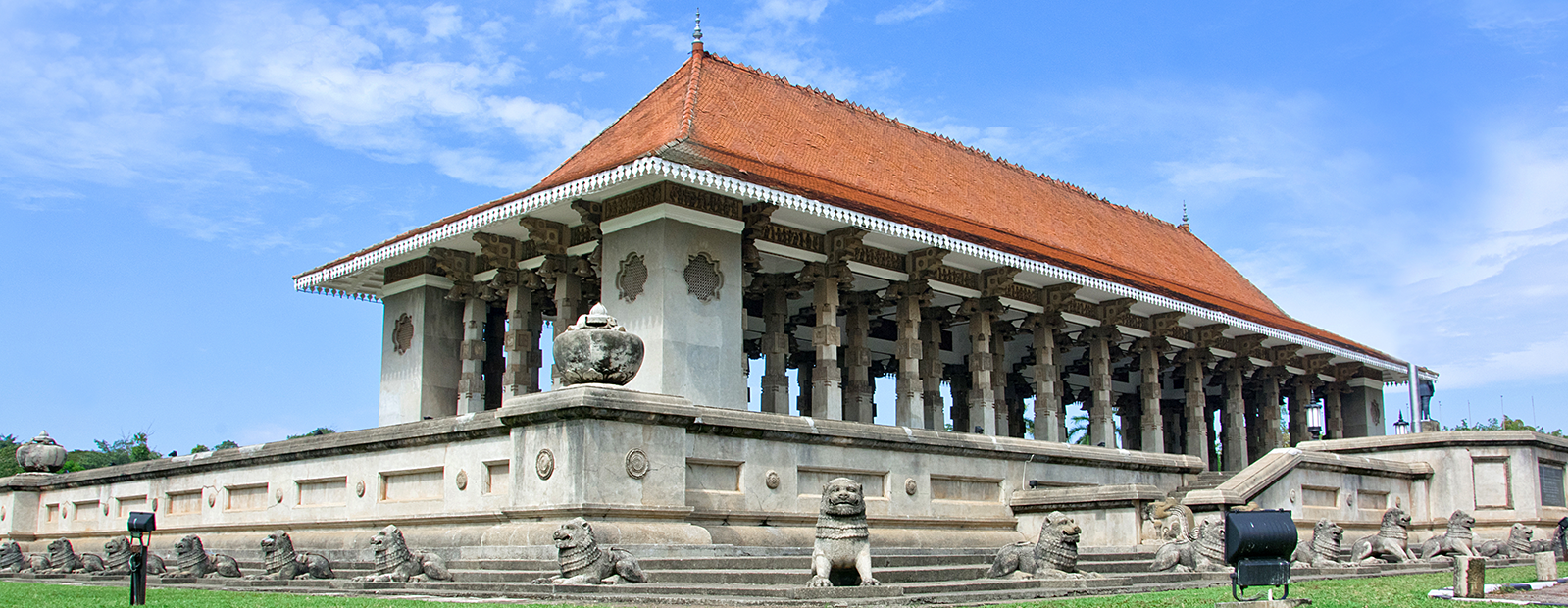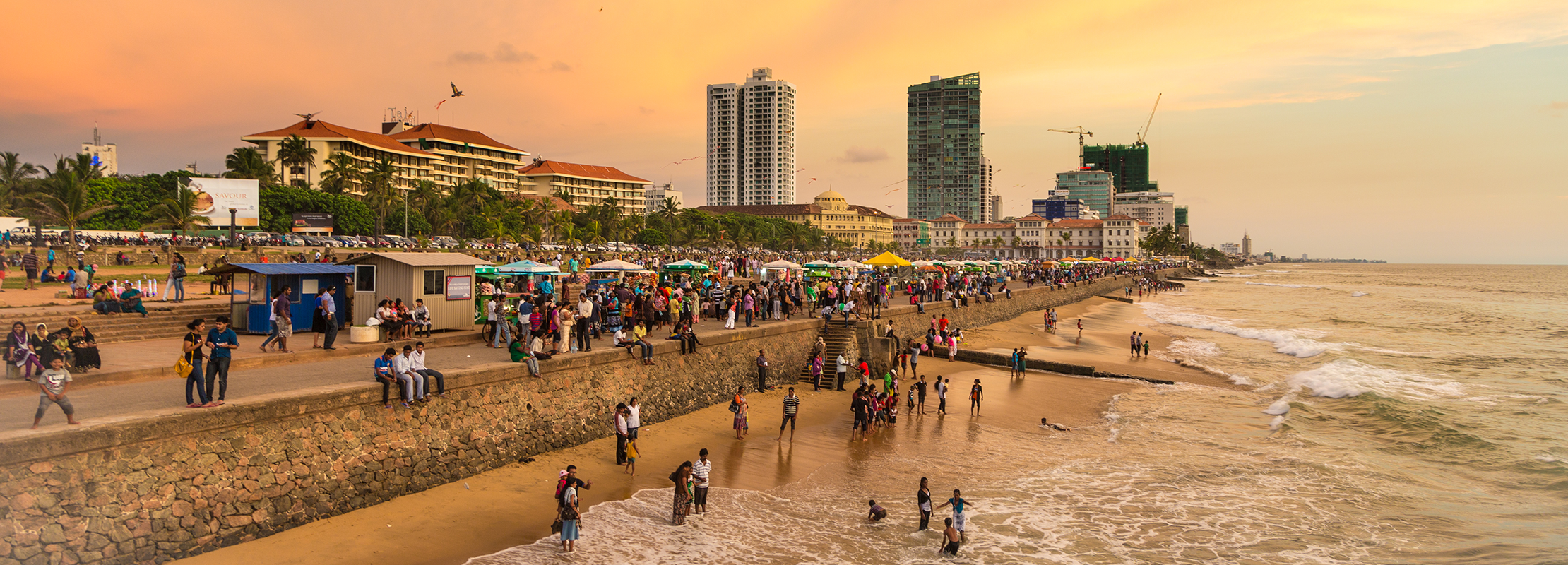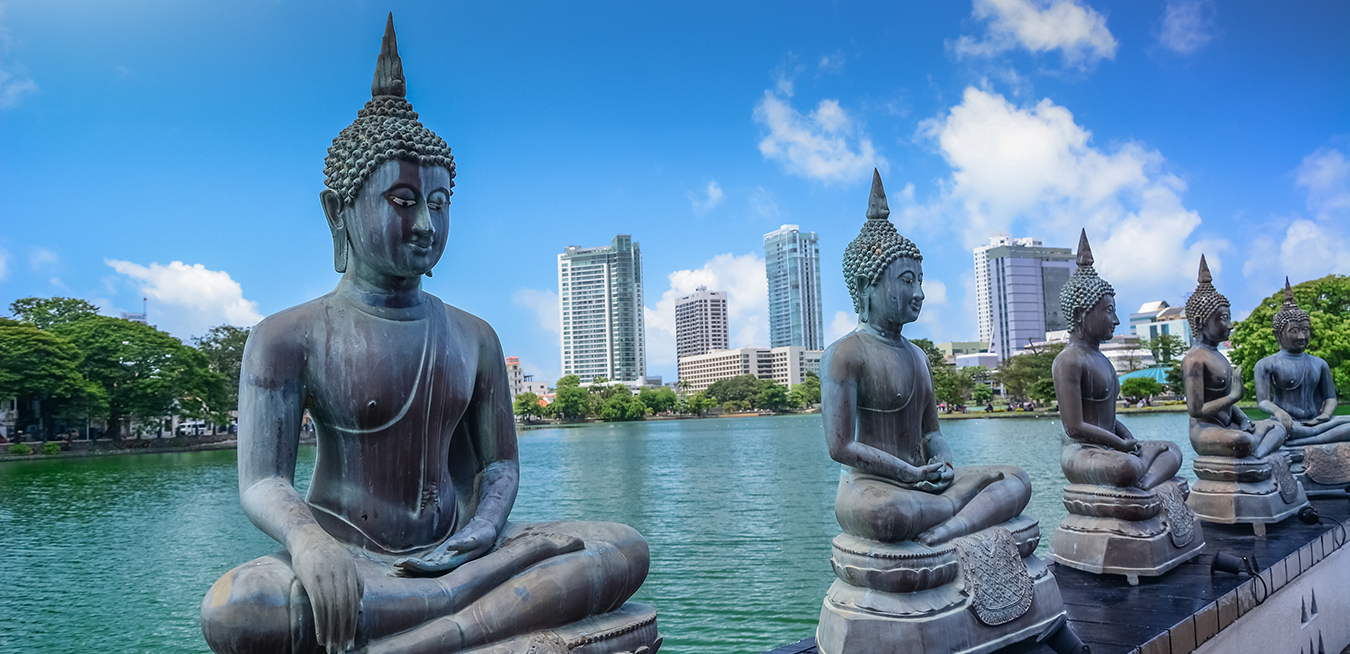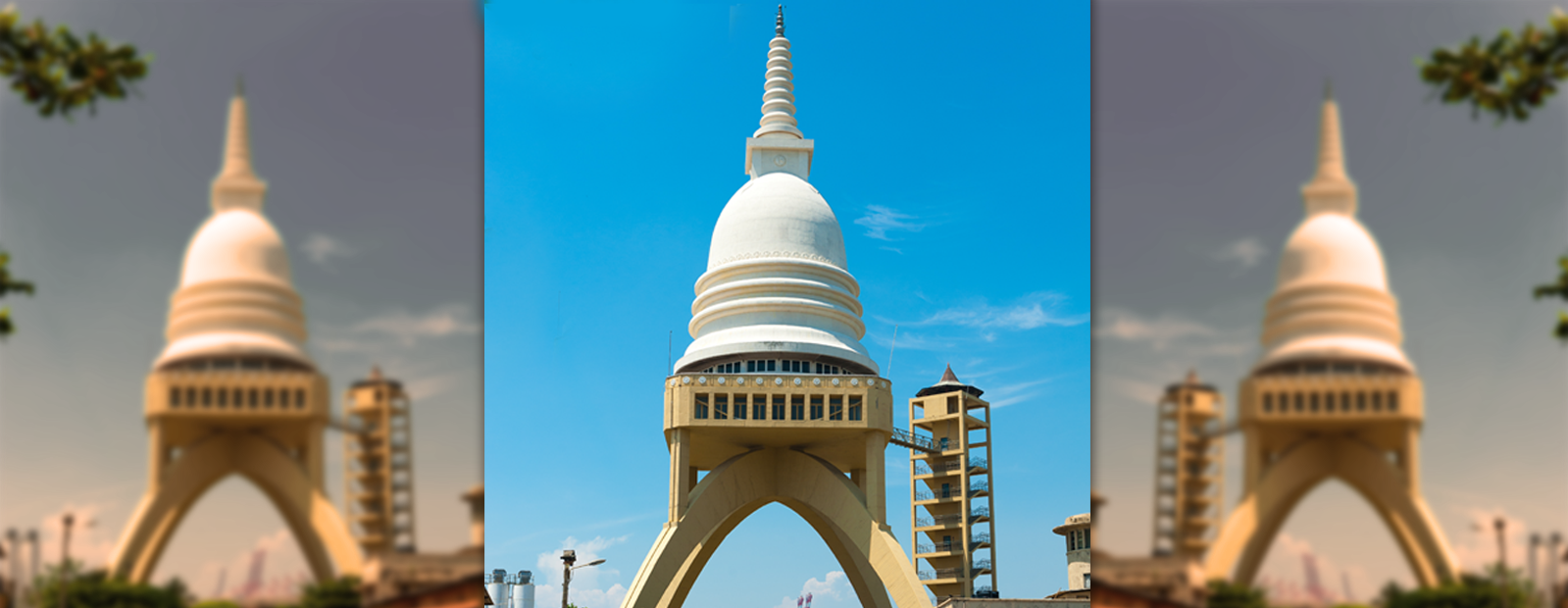galleface green
The Galle Face is a five hectare ocean-side urban park, which stretches for a half kilometre along the coast, in the heart of the financial and business district of Colombo, Sri Lanka. The promenade was initially laid out in 1859 by Governor Sir Henry George Ward, although the original Galle Face Green extended over a much larger area than is seen today. The Galle Face Green was initially used for horse racing and as a golf course, but was also used for cricket, polo, football, tennis and rugby.
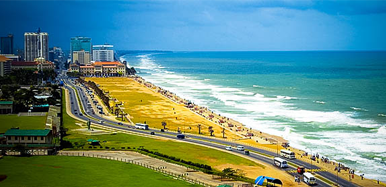
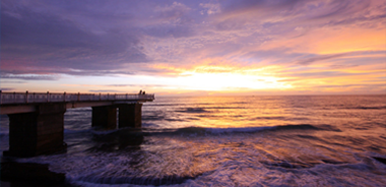
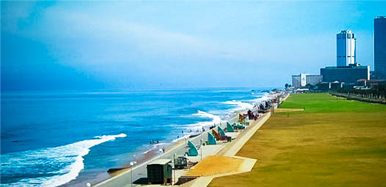
Dutch hospital
The Old Colombo Dutch Hospital (known as The Dutch Hospital ) is considered to be the oldest building in the Colombo Fort area dating back to the Dutch colonial era in Sri Lanka. It is now a heritage building and a shopping and dining precinct.
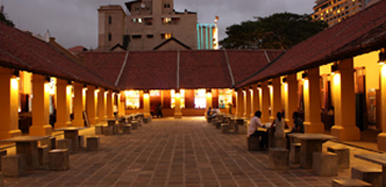
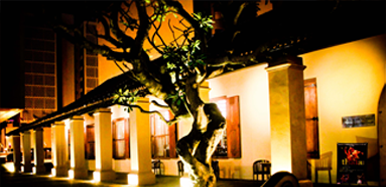
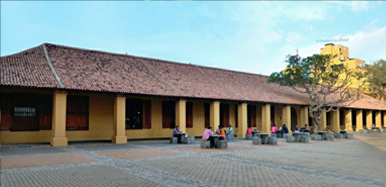
Gangaramaya Temple
Galboda Gnanissara Thera (Podi Hamuduruwo) was ordained by Vacissara Nayake Thera on 8 November 1954 and soon became the live wire in the temple.
With the deterioration of his eye sight, Vacissara Nayaka Thera’s heath declined and Podi Hamuduruwo was handed over the responsibility of running the temple affairs.
He responded well and soon expanded the activities, particularly those of the vocational centre. Realising the need for a meaningful cultural event in the city, he planned to hold a procession annually in February.
The ‘Navam Perahera’ attracts both local and foreign visitors and is the most talked-about cultural pageant in the City.



viharamahadevi park
The Viharamahadevi Park is a public park located in Colombo, next to the National Museum in Sri Lanka. It is the oldest and largest park of the Port of Colombo.
The ‘Navam Perahera’ attracts both local and foreign visitors and is the most talked-about cultural pageant in the City.



Colombo National Museum
Colombo’s only proper museum (the Dutch Museum and the weird Old Town Hall one barely come on par) is pretty amazing. This Italianate colonial style building houses statues, artifacts and paintings that go way back in Sri Lanka’s history.
While the main museum up front is your typical exhibit space, with good lighting, updated labels and organized sections, the museum premises also includes the Natural History Museum which is pretty old, weird and utterly fascinating (in a decrepit way).



Dehiwala Zoo
National Zoological Gardens of Sri Lanka (also called Colombo Zoo or Dehiwala Zoo) is a zoological garden in Dehiwala, Sri Lanka, founded in 1936. Its sprawling areas are host to a variety of animals and birds. The zoo exhibits animals but also places an emphasis on animal conservation and welfare, and education.
Visions for the zoo include, “To create one of the world’s outstanding zoological institutions, that is a centre of the excellence for conservation, research and education” and mission is “Resourceful conservation of animals by means of a learning, achieved through the exhibition of species which were adopted with loving care”. The zoo has 3000 animals and 350 species as of 2005. The annual revenue is LKR 40 million.
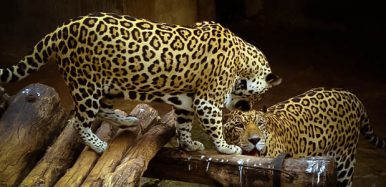
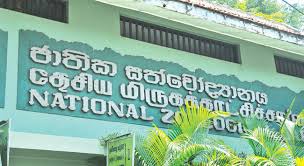
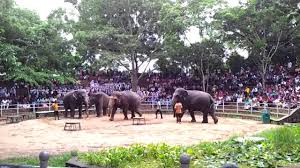
Majestic City
Majestic City is one of oldest malls of Sri Lanka and still remains the country’s most sought after shopping destination. It is a seven-storied building with 96 shops. The basement has a kids’ play area and a decent food court. After a major renovation in 2008, MC as it is widely known, got its own cineplex with four cinemas. These are the MC Platinum, Gold, Ultra and Superior cinemas. Platinum is the largest. There are few showrooms of international brands and perhaps MC lacks the glamour of shopping malls elsewhere but by international standards it qualifies as a fine shopping complex. MC has also become “THE” place for a hangout with youngsters strolling its corridors window shopping or lounging on its galleries.
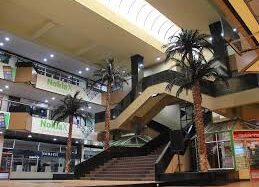
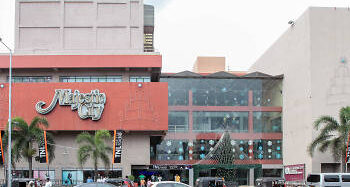

Colombo Racecourse
Colonial building converted into a shopping mall
The beautiful bright white Racecourse grounds in Colombo were converted into a shopping mall in 2014, marking a new generation for the colonial building. Today it houses a whole host of shops, cafes and restaurants. It’s a pleasant place to relax, and you can walk through the shade of the covered colonnades without much hustle or bustle. The paviliion where spectators used to watch horse racing from is still there, but the grounds are now used for much a more animal-friendly activity – rugby. This field was also used as an airstrip during World War Two.
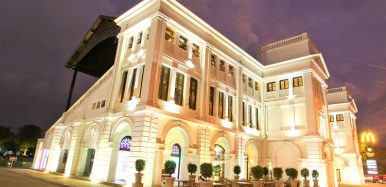
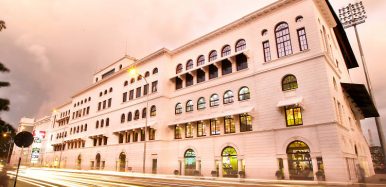
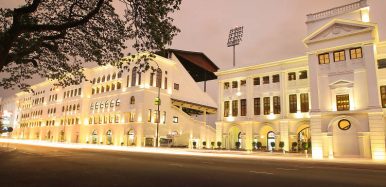
Arcade Independence Square
The newest hotspot to hangout: shops and restaurants in two restored colonial buildings connected by a glittering piazza.
A complex of colonial style buildings housing a host of outlets and facilities for shopping, dining and entertainment. It’s the latest prominent landmark in the city with outdoor sitting areas, promenades, fountains and flowerbeds while inside are 24 retail stores ranging from clothing to electronics. Both local and international brands are represented here, including Nike, Levis, Giordano, Samsung, TITAN, Parfumerie, Kookaburra, Stone ‘N’ String and Amante. Sri Lankan, Indian, Thai, Japanese and fast food restaurants are among the dining options and there is a Cineplex for 3D movies.



Pettah
Pettah is a neighborhood in Colombo, Sri Lanka located east of the City centre Fort. The Pettah neighborhood is famous for the Pettah Market, a series of open air bazaars and markets. It is Sri Lanka’s most busiest commercial area, where most of the shops, textiles, buildings and many other business organizations are centered.
Pettah is derived from the Tamil word, Pettai, an Anglo-Indian word used to indicate a suburb outside a fort. Today, the Sinhalese phrase, pita-kotuwa (outside the fort) conveniently describes the same place.
